Is cat shedding a disease or a natural phenomenon? The following article will help you understand cat shedding, its causes, and treatment options.
1 Is Cat Shedding a Disease?
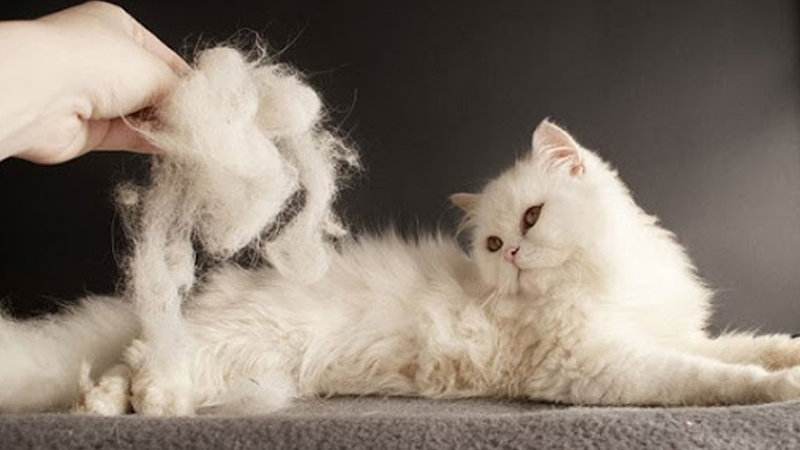 Cat shedding: a natural process
Cat shedding: a natural process
This is a common question among cat caregivers. Typically, animals with thick fur, such as dogs and cats, shed their hair for various reasons, which can be natural or due to underlying health issues.
However, shedding is a normal process for cats and dogs, especially when new hair grows to replace the old, promoting health and development. If you notice excessive or abnormal shedding, it’s advisable to pay closer attention to your furry friend and consider taking them to a veterinarian for a check-up.
2 Causes and Symptoms of Cat Shedding
Cat shedding can be attributed to various factors, ranging from genetic predispositions to environmental influences and underlying health conditions. Let’s explore some of these causes in more detail:
Genetic Predisposition
Some cats are genetically predisposed to shedding due to their heritage. Additionally, environmental factors can contribute to shedding in these cats.
Sun Exposure
Cats enjoy sunbathing, and as a result, they may shed more frequently. However, indoor and outdoor cats shed differently. Indoor cats tend to shed continuously, regardless of sun exposure, as they don’t get direct sunlight regularly.
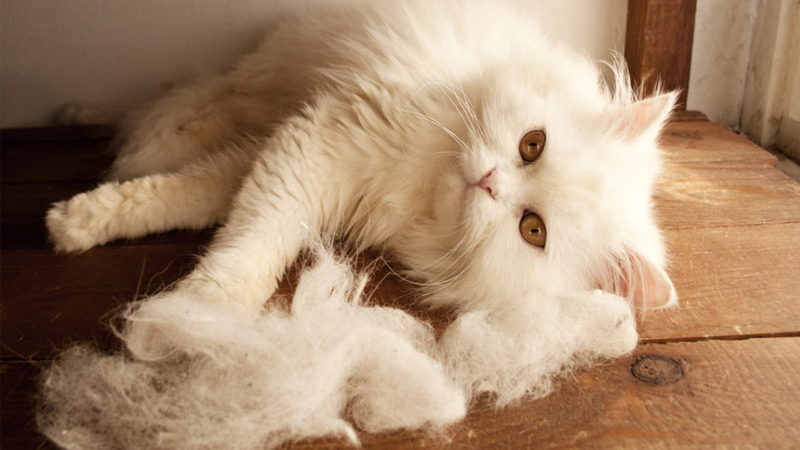 Genetics play a role in cat shedding.
Genetics play a role in cat shedding.
Breed
Certain cat breeds are more prone to shedding due to their genetic makeup. It’s important not to panic if you notice excessive shedding, as it may be normal for your particular breed of cat.
Lactating Queen Cats
During pregnancy and lactation, queen cats experience significant hormonal changes that can affect shedding. Once they stop producing milk, the shedding should subside, and their coat should return to normal.
Medical Conditions
If your cat exhibits abnormal shedding patterns, such as large or small bald patches, it may be suffering from a skin condition or other health issues.
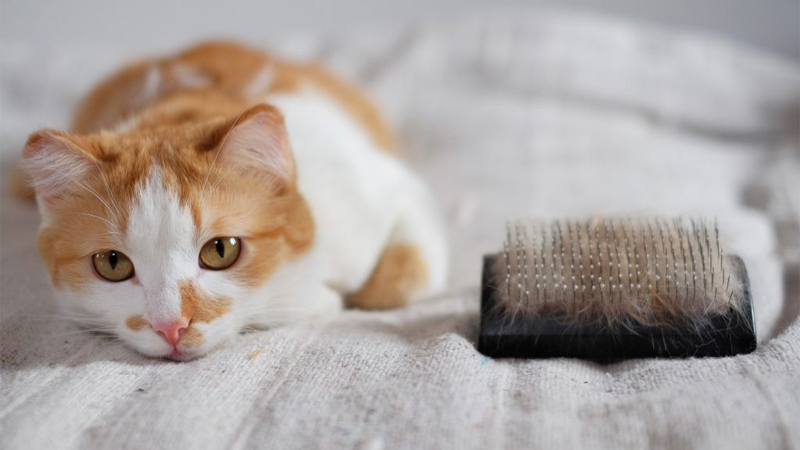
Parasitic Infections
Signs of parasitic infections include increased scratching, rubbing against walls, and excessive licking. Your cat may be suffering from Demodex mange, or an infestation of fleas, ticks, or other parasites, leading to skin inflammation and hair loss.
Parasites feed on your cat’s nutrients, weakening their immune system and leading to potential malnutrition, stunted growth, and even death if left untreated.
Fungal Infections
Fungal infections, such as ringworm, are common in cats and dogs. Symptoms include lethargy, decreased activity, and hair loss, particularly around the tail and ears.
These infections are often a result of damp and moldy environments, providing the perfect breeding ground for fungi. Infected cats may continuously scratch and irritate their skin, creating openings for further infection and slowing their growth.
 Stress can cause cat shedding.
Stress can cause cat shedding.
Psychological Factors
In addition to the above causes, psychological factors can also contribute to cat shedding. This includes environmental stressors, such as changes in surroundings or interactions with other pets or people, as well as loneliness and a lack of stimulation when left alone for extended periods.
3 Treating Cat Shedding
Regular Bathing
Since external factors are a primary cause of cat shedding, maintaining good hygiene is essential. Bathe your cat regularly, approximately 2-3 times a week, to keep their coat clean and free from parasites.
Clean Living Environment
Ensure your cat’s living space is clean and well-ventilated. Wash their bedding and blankets regularly to prevent parasitic infestations. Keep their environment dry to discourage the growth of fungi and bacteria.
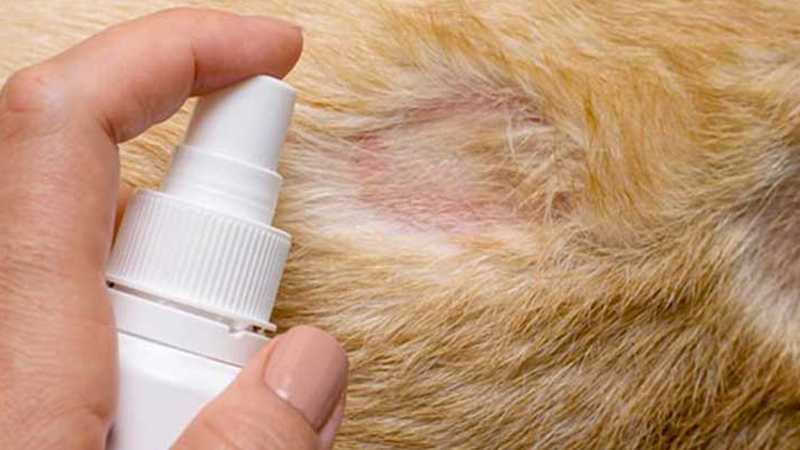 Use medications to treat excessive shedding.
Use medications to treat excessive shedding.
Medications
In cases of Demodex mange or other parasitic infections, consult a veterinarian for appropriate medications. Always seek professional advice before administering any drugs to your cat to ensure their safety.
Regular Brushing
For cats with thick fur, regular brushing is essential to remove loose hair and reduce the risk of parasitic infestations. This simple habit can significantly reduce shedding and improve your cat’s overall coat health.
 Regular brushing helps reduce shedding.
Regular brushing helps reduce shedding.
Balanced Diet
A nutritious diet is crucial for a healthy coat. Include omega-3, omega-6, DHA, EPA, and taurine in your cat’s meals to promote a soft and shiny coat.
Adequate Hydration
Ensure your cat stays hydrated to prevent dry skin and reduce shedding. Consult a veterinarian to determine the appropriate water intake for your cat’s weight and health status.
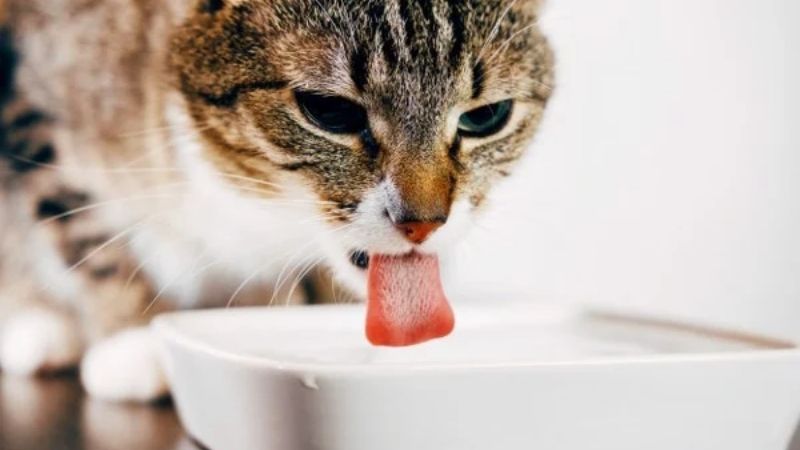 Ensure your cat stays hydrated.
Ensure your cat stays hydrated.
Regular Trimming
Keeping your cat’s fur well-groomed and trimmed makes it easier to manage. Shorter hair is easier to care for, reducing the risk of tangles and promoting a softer, healthier coat with less shedding.
Veterinary Check-ups
Since cat shedding can have various causes, it’s essential to consult a trusted veterinarian to identify the root cause and receive appropriate treatment advice.
Additional Tips:
We hope this article has provided you with valuable insights on caring for your cat’s coat and overall health. Remember to consult a veterinarian if you have any concerns or notice any unusual symptoms.































